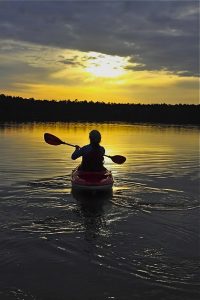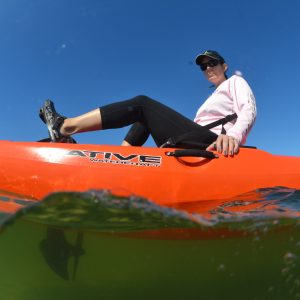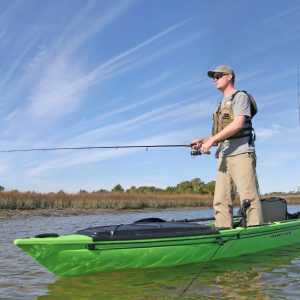Hide A Boat isn’t just a fun way to sound Canadian. It’s an easy way to purchase an awesome gift and keep it hidden even if you’re personally at a loss for space. It’s a service we offer all year, but comes in especially handy during the holiday season.
Just stop in our flagship store located in South Asheville’s Parkway Center on 1378 Hendersonville Road. Our team of experts will help you choose the perfect recreational, whitewater, or fishing kayak or SUP from LiquidLogic, Native Watercraft, NRS, Perception, or Wilderness Systems. You’ll even get 20% OFF all paddling accessories and free installation of any Thule rack system purchased at the store ($75+ value).
We’ll store your purchase for free until you’re ready to pick it up. Or, better yet, we’ll deliver it for free within 20 miles of our store! Let us do the work while you wait to collect your hugs.
See any team member for complete details.






